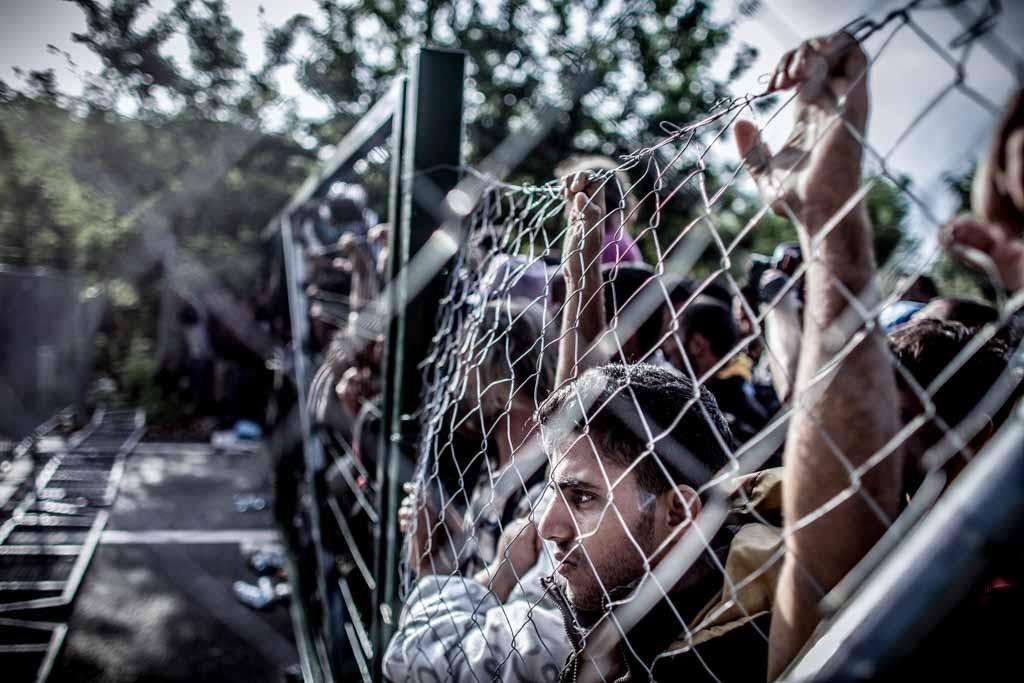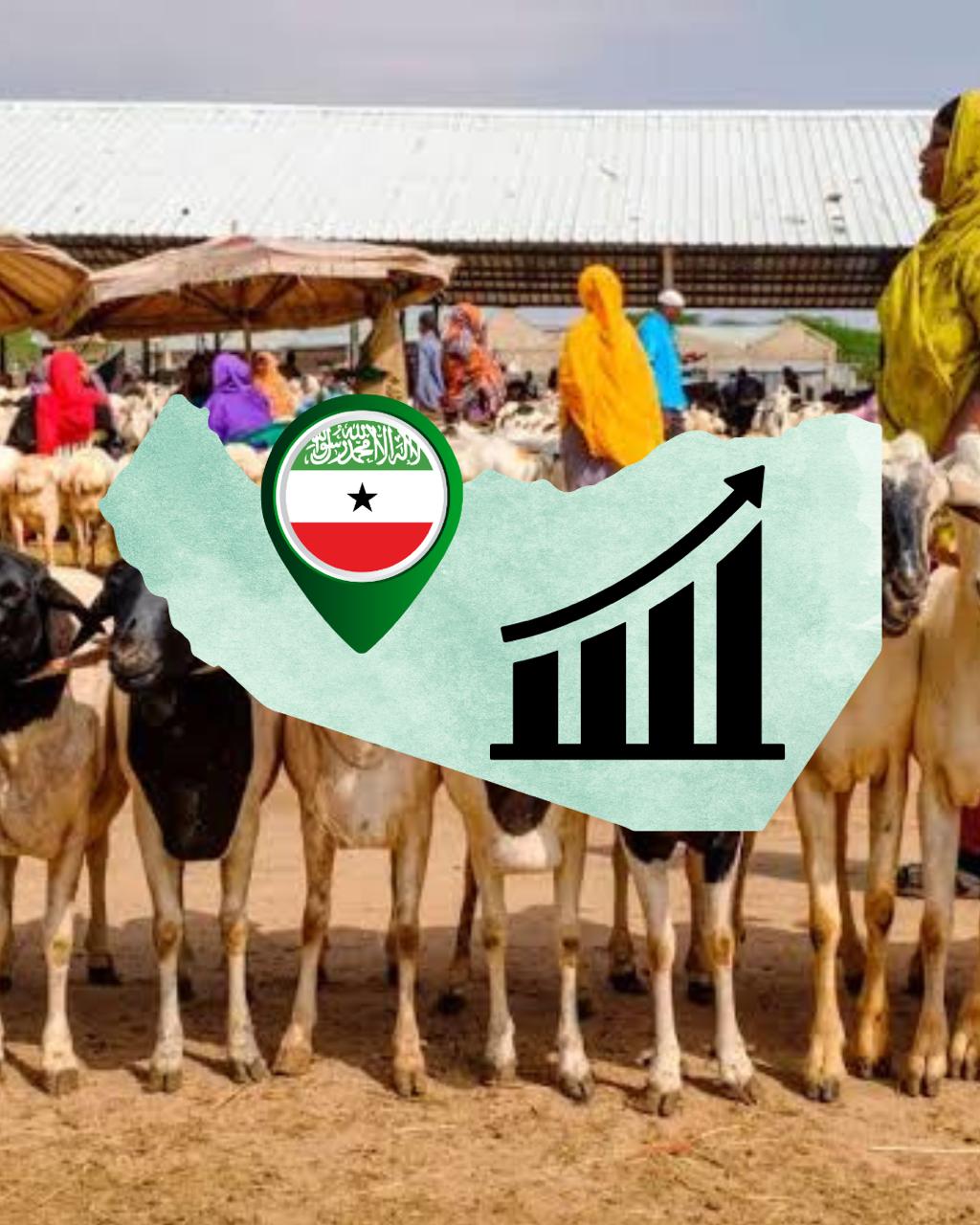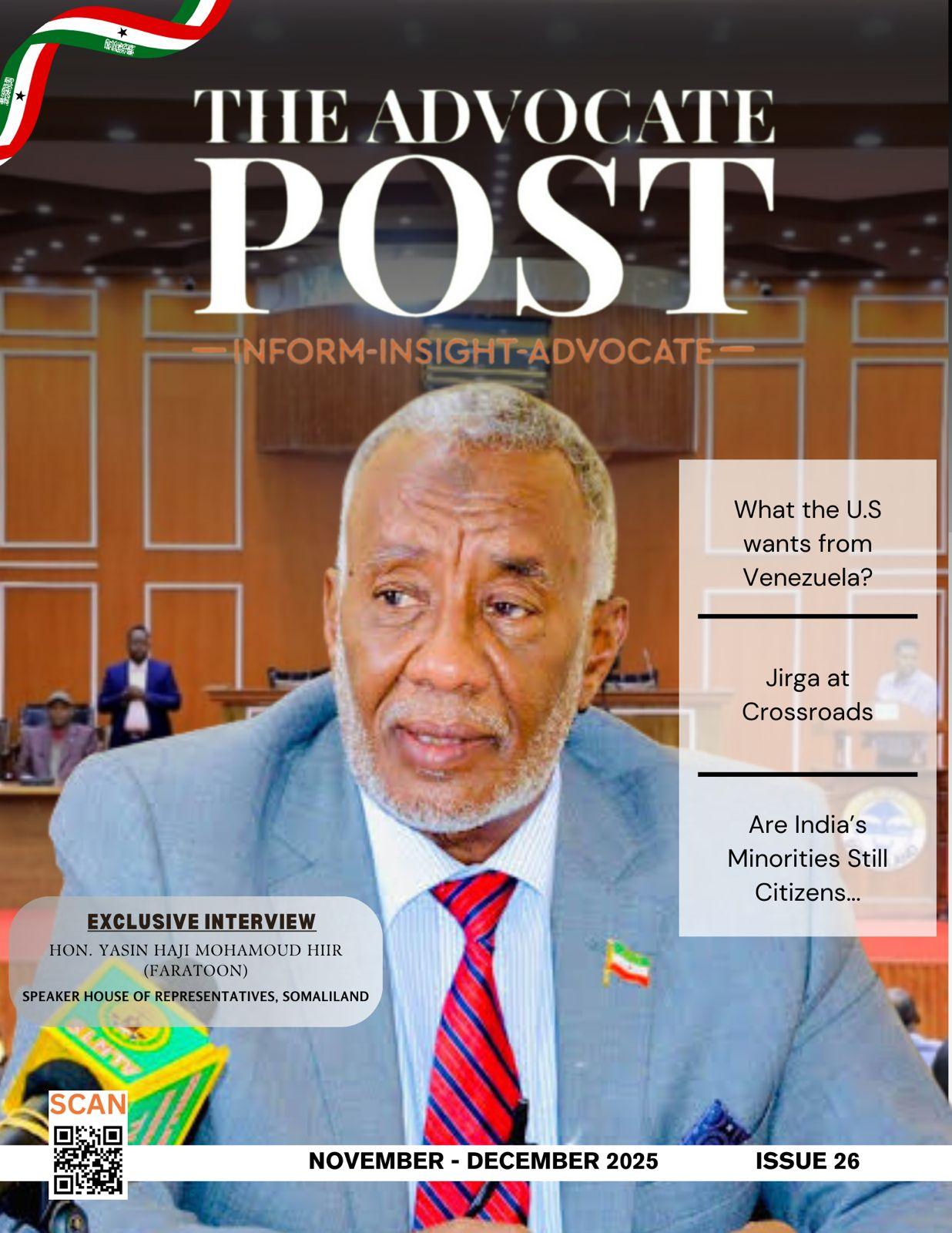By Hassane Abdoulaye (Niger)
A country of emigration, immigration and transit, Niger is at the heart of all categories of migration. First of all, it is a country of emigration because hundreds and thousands of Nigeriens are settled in other countries but the majority are settled in West African countries and some Nigeriens have migrated to the Western countries. The current context in Niger has resulted in Nigeriens seeking asylum in certain countries and political exiles.
Niger is also a country of immigration. It accommodates three categories of migration including forced migrants, economic migrants, and transit migrants. Since 2011 with the fall of the Libyan regime of Mouhamar Gaddafi, the Sahelian countries have been facing a security crisis. This caused the displacement of several populations who were forced to abandon their homes to seek refuge in other localities. This situation mainly concerns Mali and Nigeria. Regarding Mali, insecurity began in 2012 and impacted the north. In fact, several populations from this part of Mali fled to settle in Niger, Mauritania and Burkina Faso. In Niger there are more than 60 thousand Malian refugees who are settled in the region of Tillabéry, Tahoua and Niamey. Upon their arrival, the government of Niger put in place a direction and an order for the attribution of status through prima facies and individual questioning. Niger has also welcomed Nigerian refugees following the Boko Haram crisis which has been raging in the Lake Chad area since 2013. These refugees were welcomed in the region of Maradi and Diffa. It should be noted that the prima facies concerns certain refugees from Nigeria.
In addition to these refugees, several asylum seekers are in Niger seeking asylum in order to settle in Niger. These are populations who have completed the individual examination with the national commission for eligibility for refugee status (CNE) and who are awaiting a response from the CNE. In the Tillabéry region, several Malians are in this situation. These asylum seekers are registered almost everywhere at the CNE offices in Niamey, Tillabéry, Maradi, Diffa, Tahoua and at these sub-offices in certain departments.
The other type of forced migration is the case of internally displaced persons (IDPs) who are not to be confused with refugees because the difference is that displaced persons do not cross a border.
In Niger, more than 100,000 people have abandoned their homes to settle in another locality in Niger. The most affected municipalities are those which border countries in crisis, notably Ayorou which borders Mali, Torodi with Burkina Faso and Bosso with Nigeria.
Finally, Niger is a transit country because it is located between the countries of sub-Saharan Africa and the countries of the Maghreb which border the sea and some of the European Union.
Hassane Abdoulaye currently PHD at University of Niamey (Niger). He is geographer by training and specialist in migration studies, particularly on refugee issues. He can be reached at abdoulayehassane307@gmail.com





